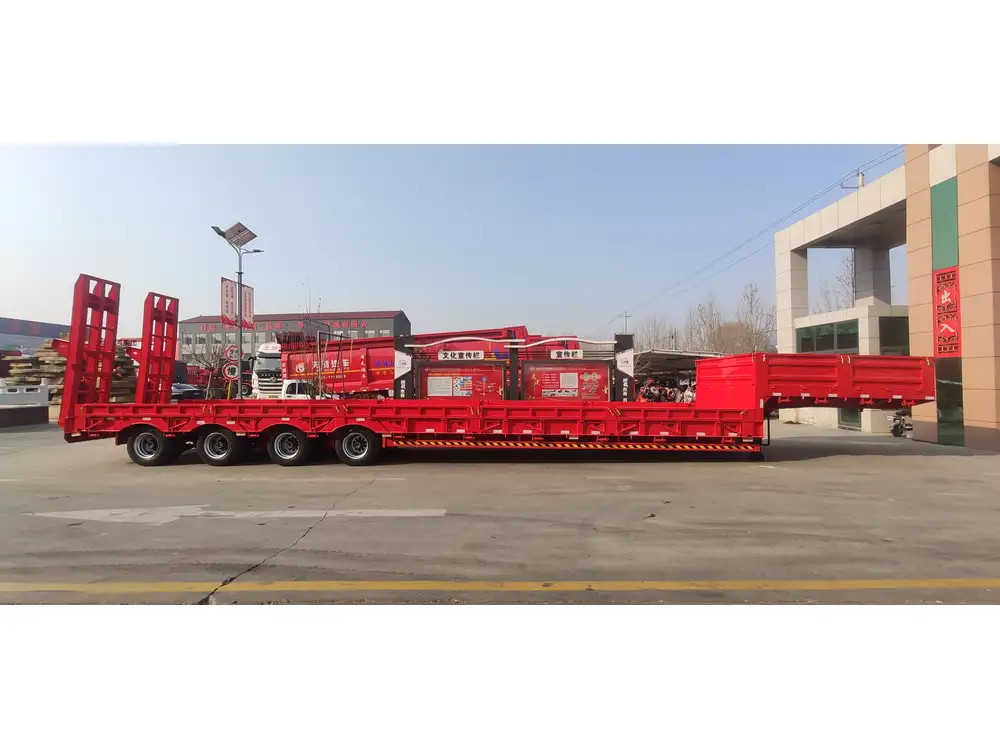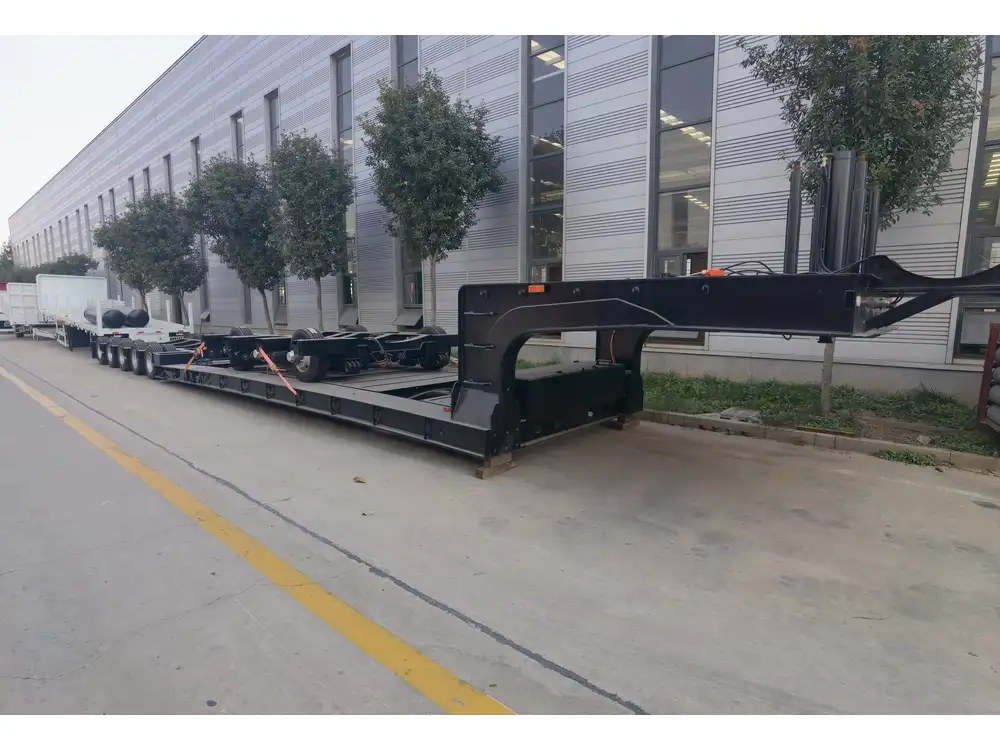Navigating through the intricacies of military installations often requires specific insights, especially regarding driving privileges on tank trails. Fort Stewart, located in Hinesville, Georgia, is the largest active-duty Armored Brigade Combat Team in the U.S. Army. With a significant operational tempo, understanding the regulations and best practices for driving privately owned vehicles (POV) on tank trails becomes essential. This extensive guide dissects the policies, safety measures, and practicalities associated with driving POV on tank trails at Fort Stewart.
Understanding Fort Stewart’s Terrain and Usage
The Landscape of Fort Stewart
Fort Stewart covers over 280,000 acres, consisting of diverse terrains including forests, wetlands, and military training areas. Tank trails are specifically designated paths for military vehicles, enabling the maneuverability of tanks and other armored units.
| Feature | Description |
|---|---|
| Acreage | 280,000 acres |
| Main Uses | Military training, logistics, operations |
| Special Zones | Live-fire ranges, maneuver areas, safety zones |

Military vs. Civilian Usage
While the primary purpose of tank trails is for military operations, there are instances where civilian access may be permitted. However, it’s crucial to note that these trails are not designed for conventional vehicle travel. They are often rugged, unpaved paths primarily used by tanks and large military equipment.
Official Policies on Driving POV
Driving Privileges and Access
Accessing tank trails typically requires special approvals. Civilians are mostly restricted from using these paths; however, exceptions might apply in cases of official business or special events. Here’s a breakdown of current policies:
- Unauthorized Vehicles: Driving a POV on tank trails without authorization is prohibited and could lead to hefty fines or legal repercussions.
- Authorized Access: Personnel with specific duties (such as maintenance or coordination tasks) may receive special permissions to traverse these trails.

Safety Regulations and Considerations
Key Regulations to Keep in Mind
Fort Stewart imposes stringent safety regulations for any activities involving military installations, including access to tank trails. Here are essential guidelines to follow:
- Obtain Prior Authorization: Ensure that you have explicit permission from the appropriate military authority before attempting to access tank trails.
- Wear Safety Gear: If permitted on trails, individuals must wear appropriate personal protective equipment (PPE) such as hard hats, high-visibility vests, and other relevant gear.
- Follow Vehicle Guidelines: Only vehicles specified in the access permit may traverse the trails. Make sure your vehicle aligns with the requirements.
Safety Briefings and Training
Before any authorized access, individuals are often required to attend a safety briefing. These sessions educate participants about potential hazards, operational protocols, and emergency response actions should an incident occur.

Common Safety Hazards
Here’s a glimpse of potential hazards you might encounter on tank trails:
| Hazard | Description |
|---|---|
| Unstable Ground | Tank trails can have rugged terrain, leading to possible vehicle instability. |
| Visible Military Operations | Be mindful of ongoing training exercises, which can include live ordnance. |
| Wildlife and Vegetation | Encounters with local wildlife may occur, especially in remote areas. |
Practical Tips for Compliant and Safe Navigation
Ensure Your Readiness
Before embarking on any journey within Fort Stewart, consider the following:
- Vehicle Condition: Always ensure your POV is in optimal working condition. Robust tires and a reinforced suspension will aid in traversing uneven terrain.
- GPS and Navigation Tools: Utilize GPS technology, where permitted. Understand your route, as some navigation apps may give misleading paths due to restricted military zones.

Communication Protocols
Effective communication is vital. Be aware of the following:
- Establish Contact: Before your trip, establish a point of contact within the military community to stay updated on any changes in access policies or trail conditions.
- Emergency Contacts: Have emergency contact numbers readily available. Familiarize yourself with Fort Stewart security protocols for an efficient response in case of an emergency.
Who Can Drive on Tank Trails?
Military Personnel
Military vehicles and personnel have the prerogative to access tank trails without additional permission. This ensures that they can conduct necessary operations effectively. However, outgoing personnel tasked with moving their POVs into training areas must follow all authorization protocols.

Civilians With Authorization
Civilians may drive on tank trails under certain conditions:
- Contractors: Businesses or contractors working with the military may gain access to complete tasks on the trail while adhering strictly to military guidelines.
- Special Events: In specific scenarios, such as military open houses or community engagement activities, civilians may have limited use of tank trails.
| Category | Access Rights |
|---|---|
| Military Personnel | Full access with appropriate vehicle |
| Civilians under Authorization | Conditional access with necessary permits |
Challenges of Driving on Tank Trails
The Terrain
The nature of tank trails presents unique challenges. With deep ruts, larger rocks, and uneven surfaces, these trails are engineered for heavy-duty armored vehicles rather than standard passenger cars. Understanding how to maneuver through such landscapes safely is critical.

Weather Conditions
Weather fluctuations can dramatically alter trail safety conditions:
- Rain: Wet conditions can lead to muddy, slippery trails, increasing the likelihood of vehicle entrapment or accidents.
- Dust: In dry conditions, dust clouds can obstruct visibility, making navigation challenging.
Wildlife Interactions
Fort Stewart is home to many species, including deer and snakes, which may traverse tank trails. Remain vigilant for wildlife to avoid collisions, rising to both environmental responsibility and safety.
Conclusion: Is Driving POV on Tank Trails at Fort Stewart Feasible?
In summary, while driving a POV on tank trails at Fort Stewart presents a set of challenges and regulatory considerations, there exist scenarios where it may be permitted—primarily under strict guidelines and safety measures. The core of navigating such a complex environment relies on compliance with military regulations, maintenance of safety standards, and situational awareness of the trail conditions and terrain.
To ensure a hassle-free experience, adhere to all guidelines, maintain effective communication with relevant military personnel, and always prioritize safety. Fort Stewart is a vital area of military operation, and respecting its protocols is crucial for the safety of all individuals involved, military and civilian alike. Make sure that you engage with authorized personnel to gain insights and information before any attempt to navigate through tank trails.
This comprehensive analysis not only serves to clarify the nuances of driving on tank trails at Fort Stewart but also facilitates informed decisions, ensuring all individuals understand their responsibilities and the operational protocols involved.



